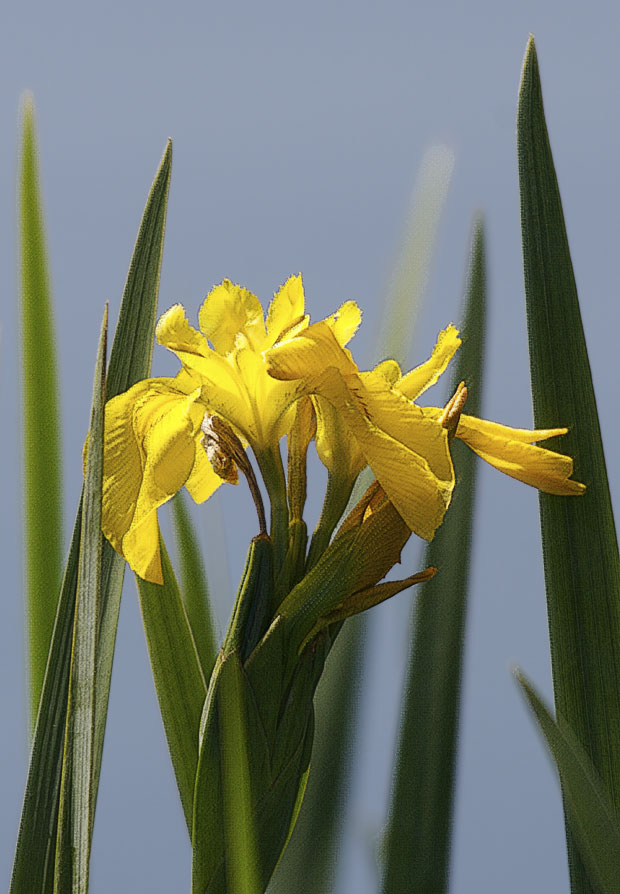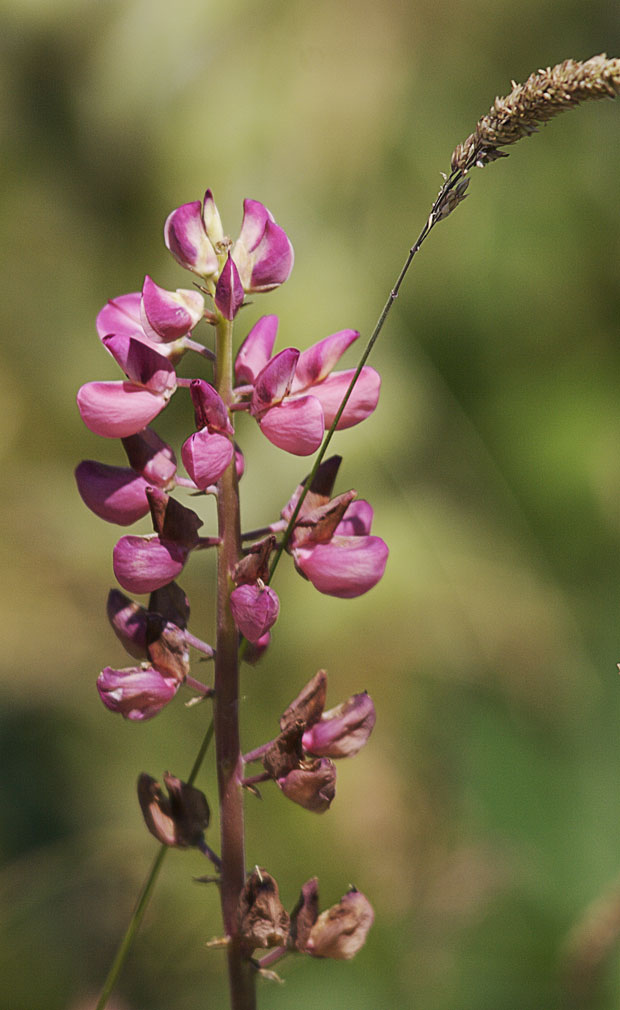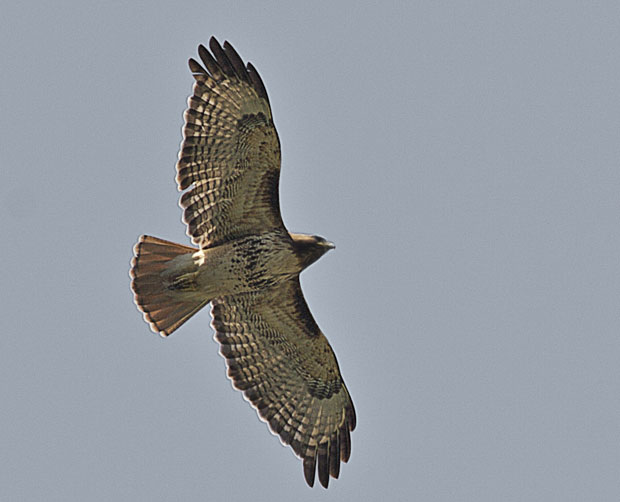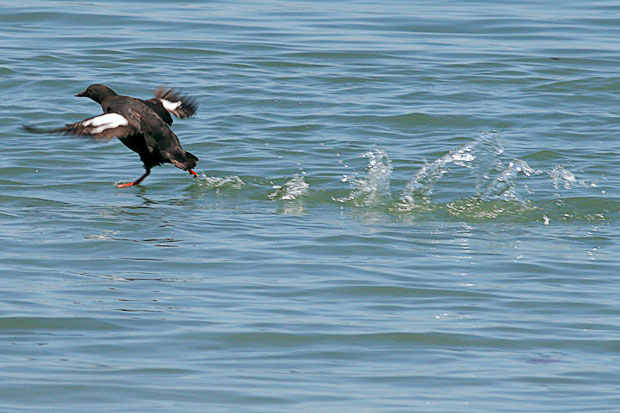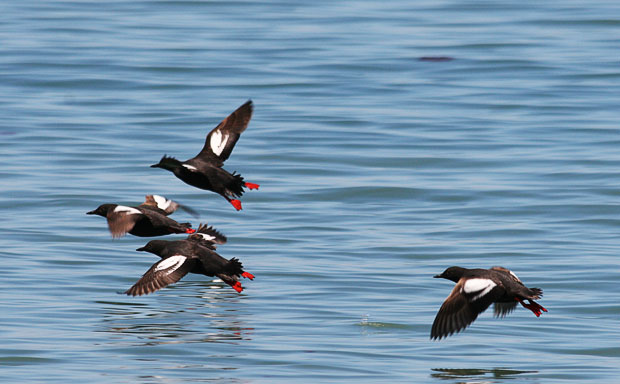Shelley recently sent me a book of short Wendell Berry essays called Another Turn of the Crank, which suggests I may be doing a good job of sharing my values in this blog because it’s a book that appeals to some of my core values.
The short opening essay “Farming and the Global Community�? sets forth several of Berry’s main premises:
We need to make our farming practices and our food economy subject to standards set not by the industrial system but by the health of ecosystems and of human communities.
I have long believed that the mass production of crops, necessitating large amounts of insecticides and petro-chemicals is a recipe for disaster, benefiting neither small farmers nor consumers. As a result, I started raising “organic�? vegetables in my garden nearly thirty years ago and bought organic food whenever available.
As a city boy, I’ve only recently become aware of how important farmlands are to local wildlife and how, with a few exceptions, wildlife and farmers coexist quite well. As I’ve begun to explore wildlife refuges, though, I’ve discovered that farmland provides a vital buffer between urban areas and wilderness areas. Many kinds of wildlife benefit from farmland and coexist peacefully with farmers. You’re as likely to spot wildlife in neighboring fields as you are in refuges since animals don’t recognize such arbitrary boundaries.
I suspect, though, that Berry’s view of a healthy human community and my own might differ considerably, since I’ve always thrived in a rich, diverse, metropolitan community. Though I’m sometimes appalled by how little I know about my neighbors, I doubt I’d fit well into a small, rural farming community with my liberal ways.
An even more important Berry premise is that
If communities of farmers and consumers wish to promote a sustainable, safe, reasonably inexpensive supply of good food, then they must see that the best, the safest, and most dependable source of food for a city is not the global economy, with its extreme vulnerabilities and extravagant transportation costs, but its own surrounding countryside. It is in every way in the best interest of urban consumers to be surrounded by productive land, well farmed and well maintained by thriving farm families in thriving farm communities.
I’m convinced the best food is the food I grow in my own backyard, but if I had to survive on the food I’ve grown there I’d have starved to death long ago. Next best, is food grown locally, picked fresh and delivered to local markets. Depending on food grown thousands of miles away is courting disaster, particularly when doing so drives local farmers out of business and leads to farmlands being sold for more suburban sprawl.
I’ve always thought it was a sin that the rich, productive land once farmed by Japanese truck farmers south of Seattle was gradually turned into malls and industrial complexes while food was shipped in from California, and, increasingly, from outside the country.
I finally quit buying vegetables or fruit from Safeway because they seemed to make no effort to buy from local farmers. The small market I finally settled on doesn’t always buy locally, but at least they label the fruit and vegetables by location so I can make an informed decision.
My daughter has purchased shares from a local farm and had them delivered weekly, but I didn’t like the idea of having to take what was available that week rather than choosing what I wanted to eat. I might eat vegetables I couldn’t stand to avoid wasting food, but it wouldn’t be long before I’d abandon that concept. Still, I believe such links to farmers and ranchers are a good idea, benefitting both farmers and consumers.
Like this:
Like Loading...

